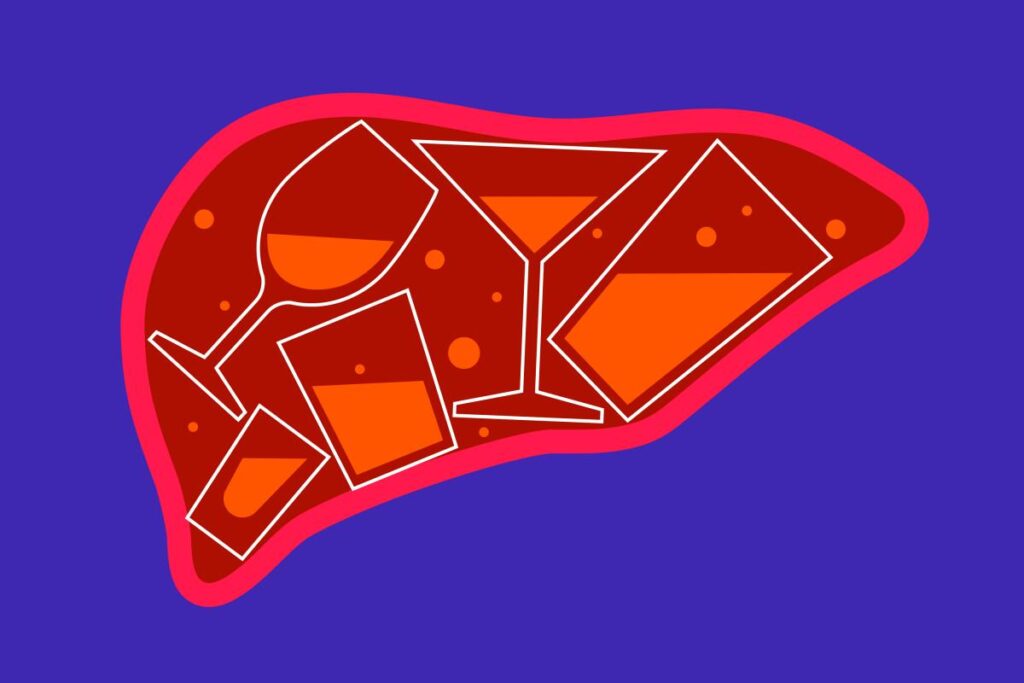
A recent study from Keck Medicine of USC reveals a concerning rise in serious liver disease among heavy drinkers in the United States, despite no increase in alcohol consumption. The research indicates that the share of heavy drinkers experiencing advanced liver scarring has surged from 1.8% to 4.3% over the past two decades. This alarming trend highlights a shift in the health profiles of regular drinkers rather than an escalation in drinking habits.
Published in the journal Clinical Gastroenterology and Hepatology, the study, led by liver transplant specialist Dr. Brian P. Lee, analyzed national health data from over 44,000 adults surveyed between 1999 and 2020. The definition of heavy drinking, according to the National Institute on Alcohol Abuse and Alcoholism, is more than 20 grams of alcohol per day for women and 30 grams for men, approximately equivalent to 1.5 and 2 standard drinks, respectively.
Dr. Lee noted that the dramatic increase in significant liver fibrosis—a condition where healthy liver tissue is replaced by stiff, fibrous tissue—is particularly pronounced among women, older adults, and those with comorbid conditions such as obesity and diabetes. “The fact that the risk not only increased but that it more than doubled—almost tripled—is really astonishing,” he stated.
The study found that while the overall drinking patterns remained relatively stable, the health indicators among heavy drinkers changed significantly. The prevalence of metabolic syndrome, a cluster of conditions including obesity and high blood pressure, increased from 26% to nearly 38%. Additionally, demographics shifted, with more women, individuals over 45, and those living in poverty identified as heavy drinkers.
Dr. Sammy Saab, medical director of the Pfleger Liver Institute at UCLA, who was not involved in the study, suggested that other factors might contribute to this rise. Changes in drinking preferences—such as a shift from beer and wine to cocktails—could affect how alcohol is metabolized. Moreover, cultural shifts, including the rise of ride-sharing services like Uber and Lyft, may reduce the perceived risks associated with heavy drinking.
The current U.S. standards for heavy drinking may also be outdated. Dr. Lee pointed out that Canada now recommends limiting alcohol intake to no more than two drinks per week to minimize health risks, contrasting sharply with U.S. guidelines of eight drinks per week for women and 15 drinks for men. Previous studies have indicated that liver disease can develop at lower levels of alcohol consumption than those currently accepted in the U.S.
The findings of this study call for a reevaluation of long-standing assumptions regarding alcohol-related liver disease. Dr. Lee hopes that this research can inform the development of more effective screening methods for early detection. Dr. Saab emphasized the need for further investigation into the increase of alcohol-associated liver diseases, viewing the study as a significant step toward understanding and addressing this growing public health concern.
As the landscape of heavy drinking evolves, awareness and education about the risks associated with alcohol consumption become increasingly critical.






